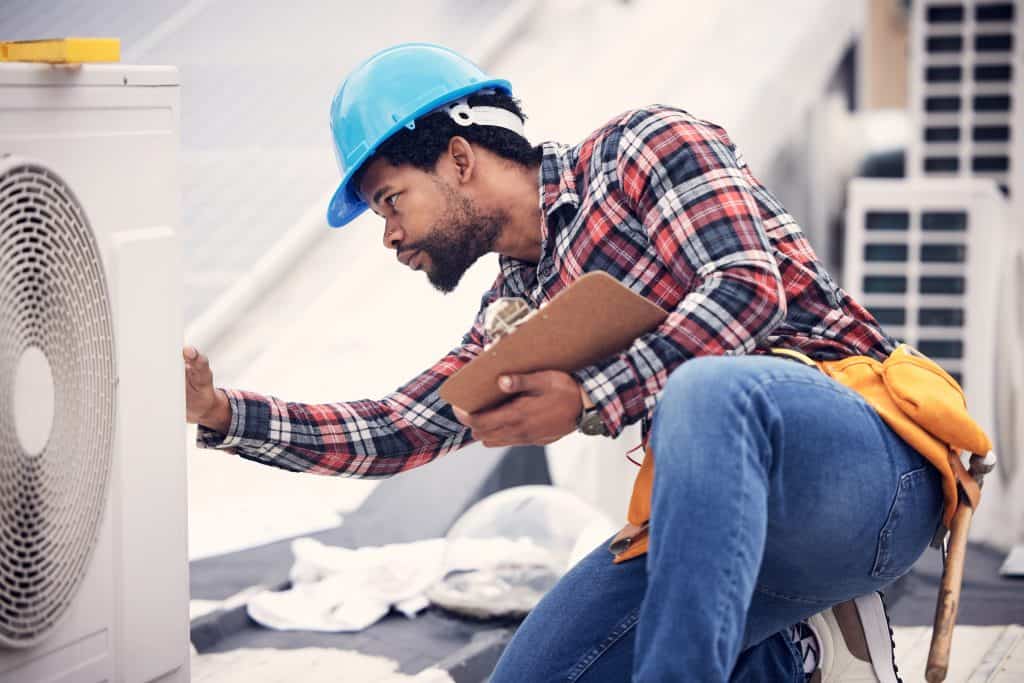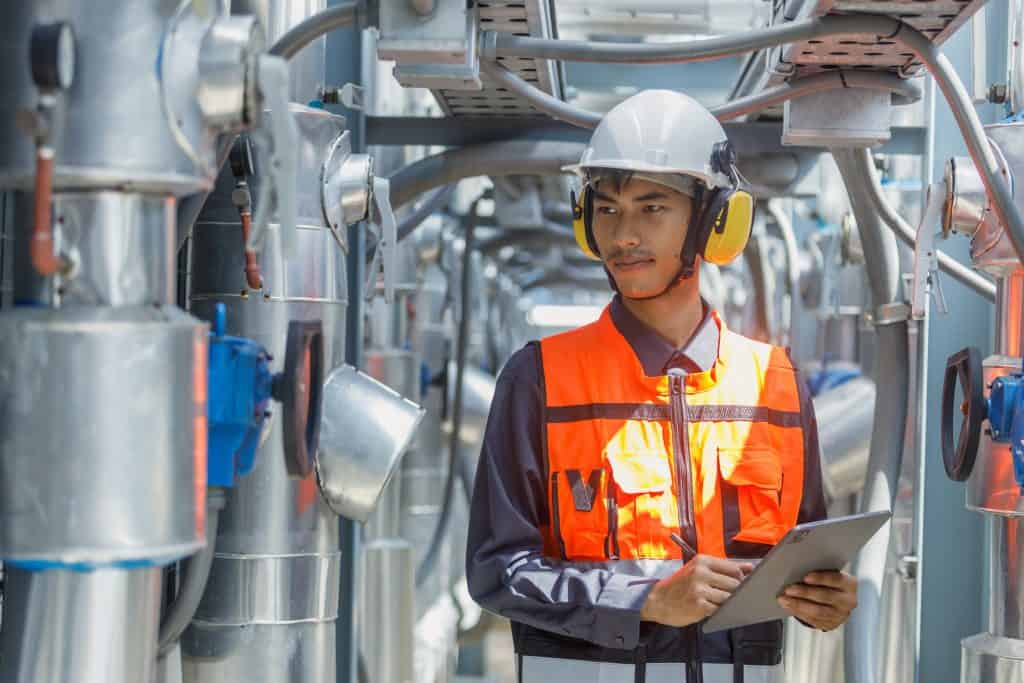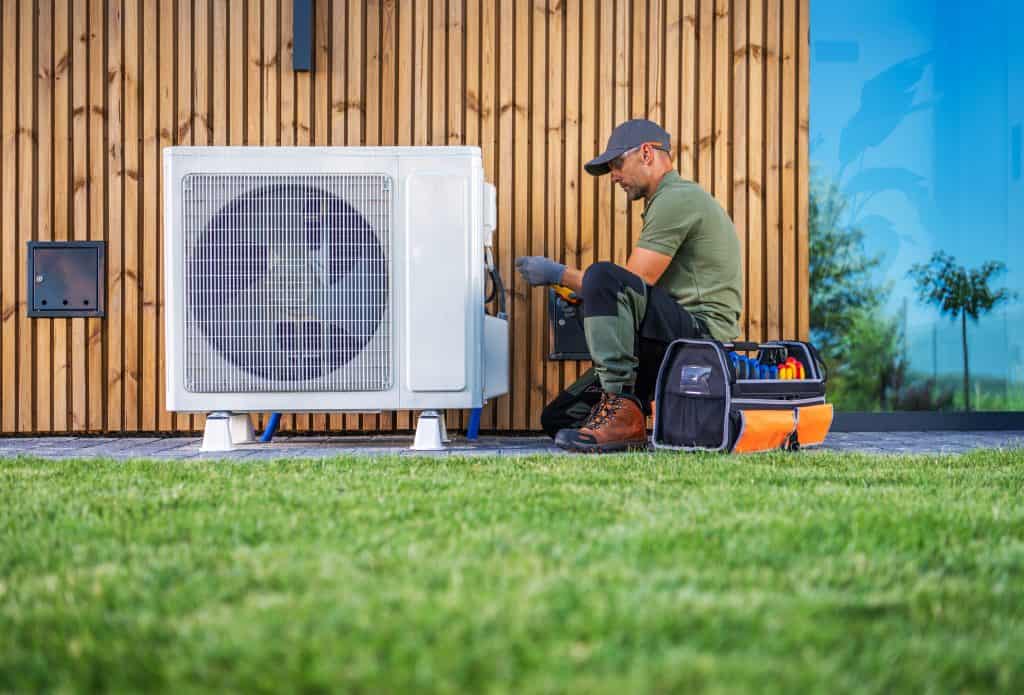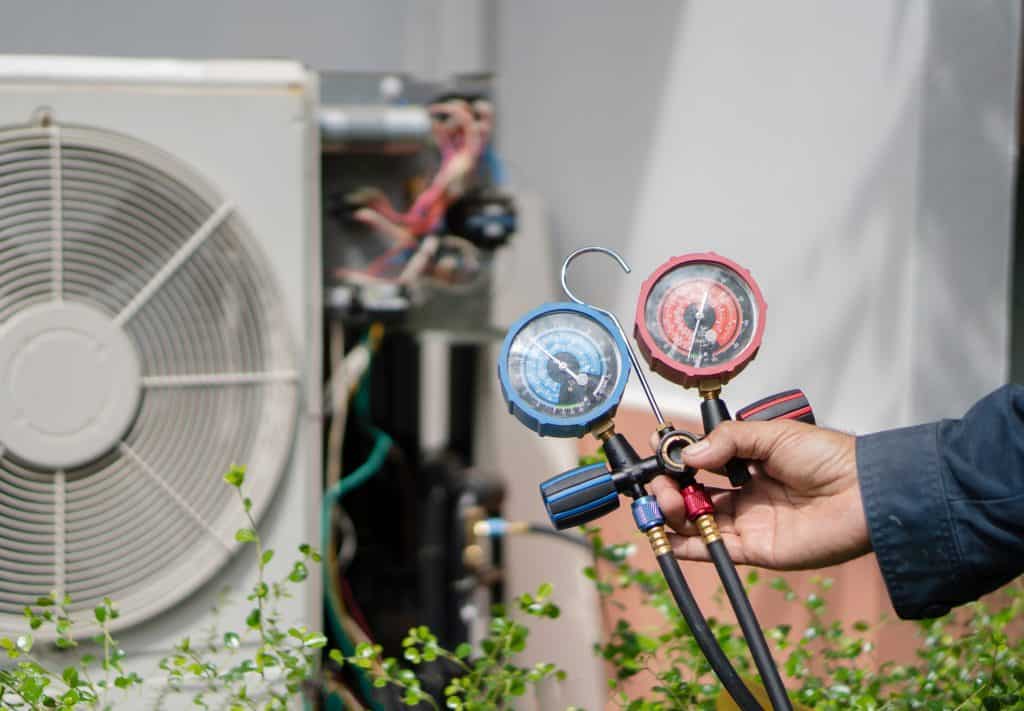
Hear from Our Customers

You’ll know exactly what’s in your air and what needs to be done about it. No guessing, no wondering if that musty smell means trouble, no worrying about whether your recent mold remediation actually worked.
Our testing identifies airborne contaminants you can’t see—mold spores, allergens, and other pollutants that affect your family’s health. You get detailed results that show contamination levels, problem areas, and whether your indoor air meets safety standards.
When we’re done, you’ll have documentation that protects your investment and gives you confidence in your home’s air quality.
We’ve been serving New Hope and Bucks County homeowners with professional air quality testing for years. We understand the unique challenges homes face in this historic area—from older construction that traps moisture to seasonal humidity that creates perfect conditions for mold growth.
We’re the team property owners call when they need unbiased, accurate testing results. Our experience with New Hope’s mix of historic and modern homes means we know where problems hide and how to find them.
You’re not just getting a test—you’re getting local expertise that understands your specific situation and the standards your home needs to meet.

We start with a comprehensive visual inspection of your property, looking for moisture issues, visible mold, and areas where problems typically develop. Our team uses advanced equipment including infrared cameras and moisture meters to detect issues you can’t see.
Next, we collect air samples from multiple locations throughout your home, including problem areas and clean spaces for comparison. We also take surface samples when needed to identify specific contaminants and their concentration levels.
All samples go to certified laboratories for analysis. You receive a detailed report within days that explains exactly what we found, what it means for your health, and what steps you should take next. If this is post-remediation testing, we provide clearance documentation when your home meets safety standards.

Ready to get started?
Post-remediation verification testing is critical after any mold cleanup project. About half of all remediation projects miss something—whether it’s small areas of remaining growth or underlying moisture problems that weren’t addressed.
Our clearance testing includes both visual inspection and air sampling to confirm your remediation contractor did the job right. We test inside the work area and surrounding spaces to ensure containment was effective and no contamination spread during cleanup.
New Hope’s older homes present unique challenges for remediation. Historic construction methods, settled foundations, and aging building materials can hide moisture and mold in unexpected places. Our local experience means we know where to look and what standards your specific property type needs to meet for true clearance.

Common symptoms include persistent coughing, wheezing, shortness of breath, and throat irritation that improve when you leave the house. You might notice increased allergy symptoms, frequent headaches, or respiratory issues that seem worse at home than elsewhere.
Musty odors, visible moisture problems, or recent water damage are also clear indicators that testing is needed. If family members with asthma or other respiratory conditions are experiencing worsened symptoms, air quality testing can identify specific contaminants causing the problems.
Don’t wait for symptoms to become severe. Early testing identifies issues before they impact your health significantly and helps you address problems while they’re still manageable.
Clearance testing should be performed 24 to 48 hours after remediation is complete, but before any reconstruction begins. This timing allows the area to dry completely while ensuring you can access all cleaned surfaces for thorough inspection.
Testing too soon can give inaccurate results if moisture levels are still elevated. Testing too late—especially after rebuild—means you might miss remaining issues that get covered up by new construction materials.
The key is scheduling clearance testing while containment barriers are still in place but after all cleaning and drying is finished. This gives you the most accurate assessment of whether the remediation was successful.
Air sampling measures airborne contaminants like mold spores, allergens, and other particles you’re actually breathing. We collect air from multiple locations and compare indoor levels to outdoor baseline readings to determine if your indoor air quality is acceptable.
Surface sampling tests specific areas where we suspect contamination—like stains, discolored areas, or surfaces that were recently cleaned. This tells us what types of mold or contaminants are present and their concentration levels on those specific surfaces.
Most comprehensive testing includes both methods. Air sampling shows what you’re exposed to through breathing, while surface sampling identifies specific problem areas and confirms whether cleaning was effective in those locations.
There’s an obvious conflict of interest when the company that did the work also verifies it was done correctly. They have financial incentive to pass the project even if issues remain, since failing clearance means more work at their expense.
Independent third-party testing provides unbiased results. We don’t profit from finding problems or passing projects—we only profit from giving you accurate information. This means you get honest assessment of whether the remediation actually solved your problem.
Industry standards recommend independent clearance testing for this reason. Insurance companies, mortgage lenders, and potential buyers also prefer documentation from unbiased sources when evaluating whether mold issues were properly addressed.
The actual testing process typically takes 2-4 hours depending on your home’s size and the extent of testing needed. We spend time on visual inspection, moisture assessment, and collecting samples from multiple locations throughout your property.
Laboratory analysis usually takes 2-3 business days for standard testing, though rush processing is available if you need faster results. You’ll receive a detailed written report explaining what we found, what the results mean, and specific recommendations for addressing any issues.
For post-remediation clearance testing, we can often provide preliminary visual assessment results the same day, with full laboratory confirmation following within the standard timeframe. This helps speed up your reconstruction timeline when clearance is achieved.
Failing clearance testing means the remediation wasn’t complete and additional work is needed before your home is safe for normal occupancy. We provide detailed documentation of what issues remain and specific recommendations for addressing them.
The original remediation contractor should return to complete the work at no additional cost if the failure is due to inadequate cleaning. However, if new issues are discovered that weren’t part of the original scope, additional remediation may be needed.
We work with you and your contractor to develop a revised remediation protocol that addresses the remaining issues. Once additional work is complete, we perform another round of clearance testing to verify the problems have been resolved and your home meets safety standards.